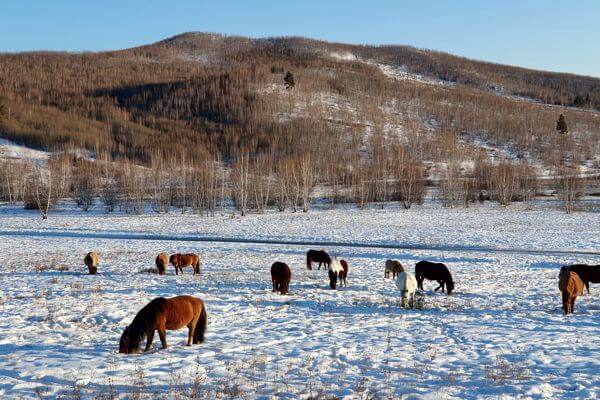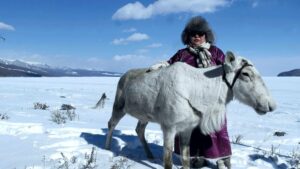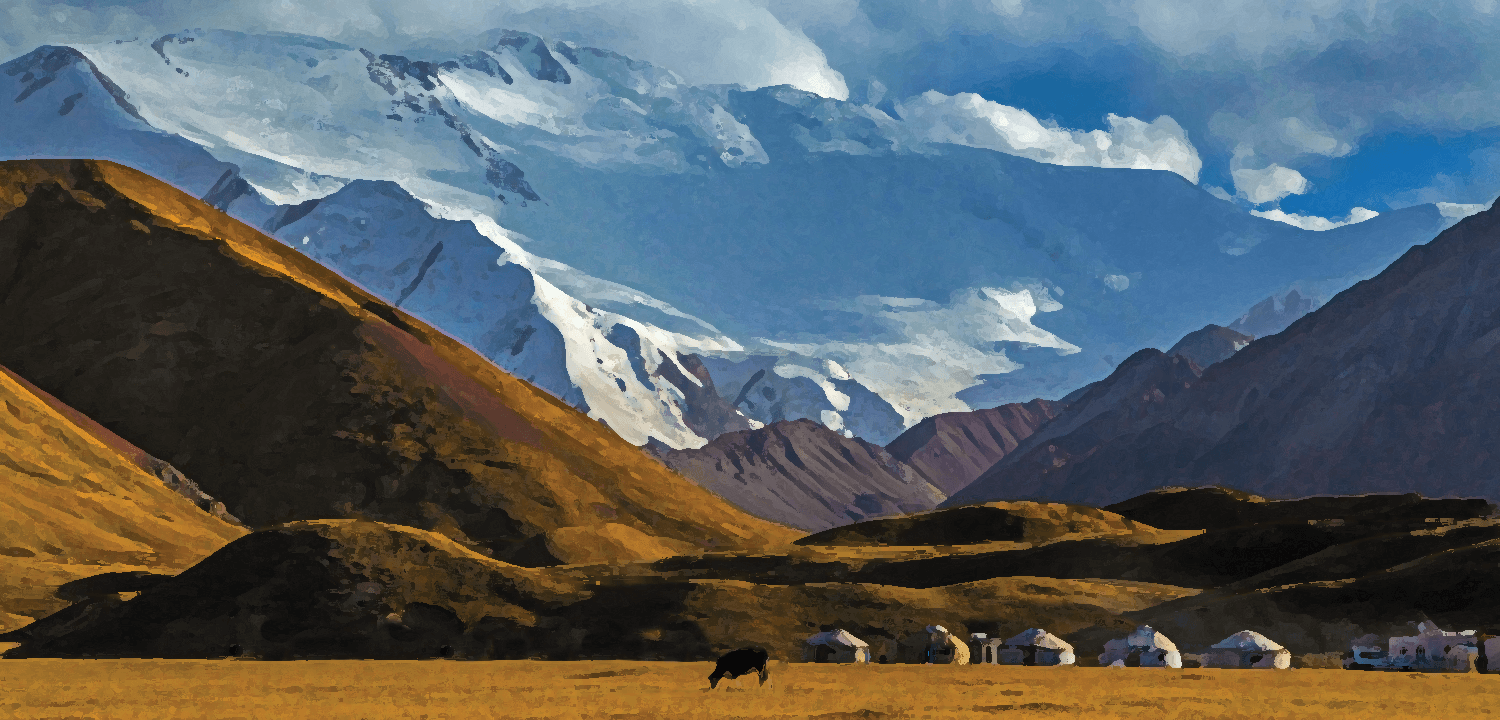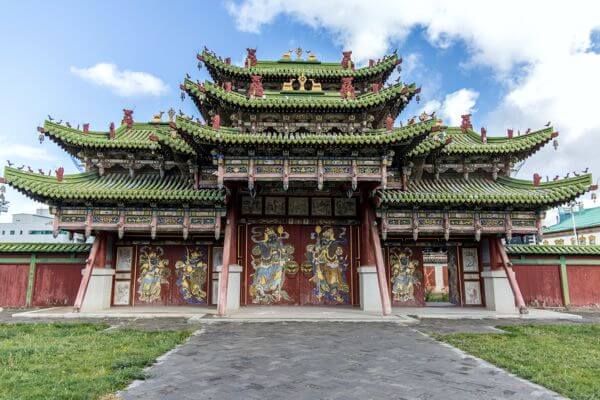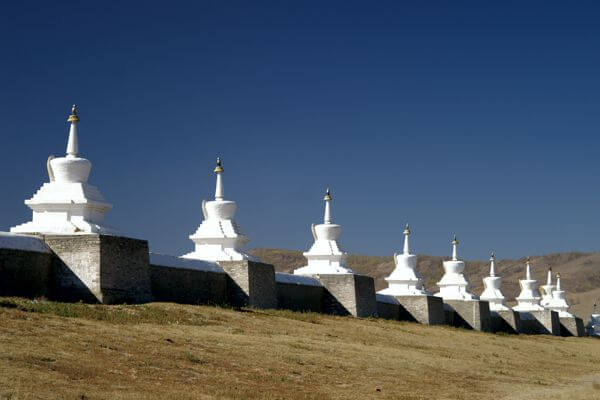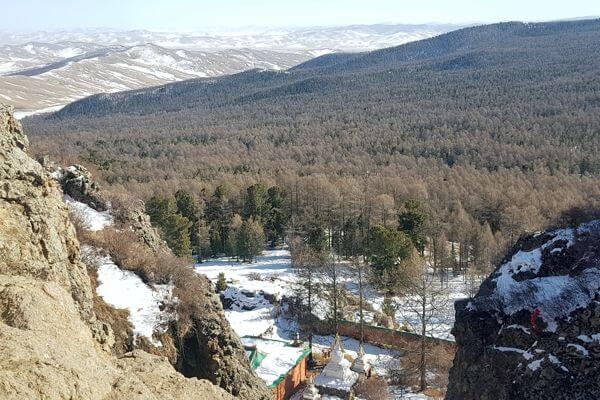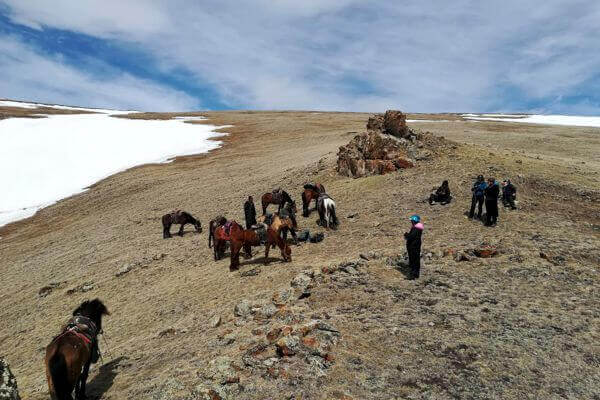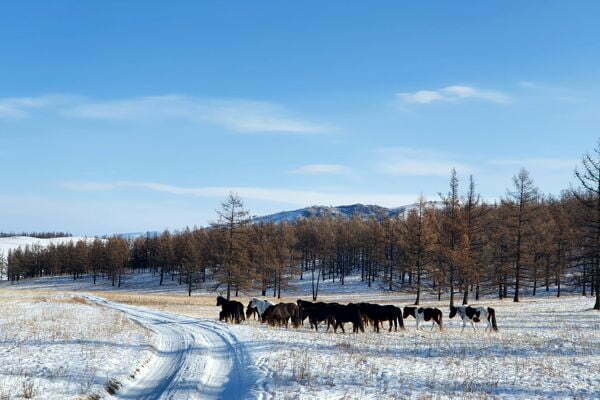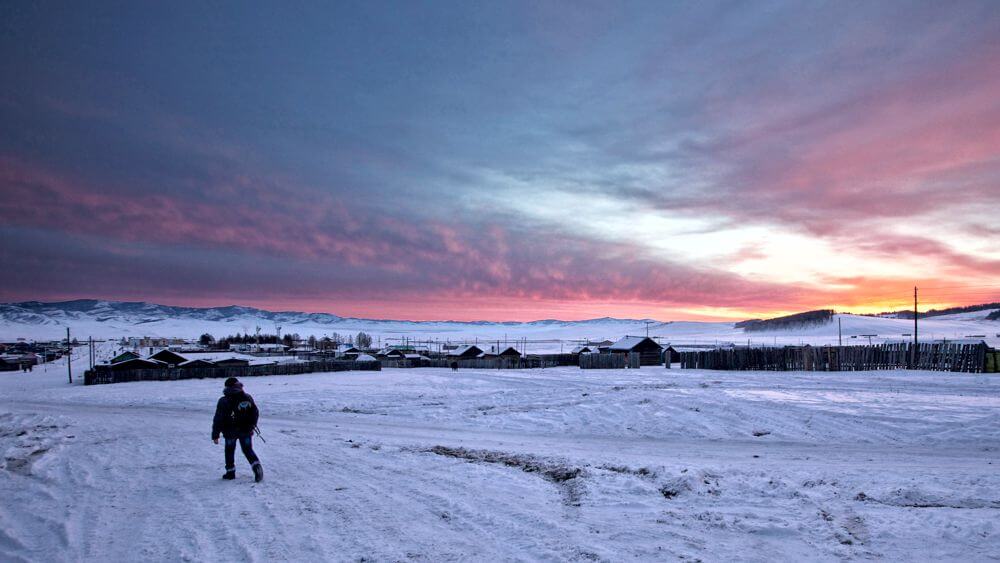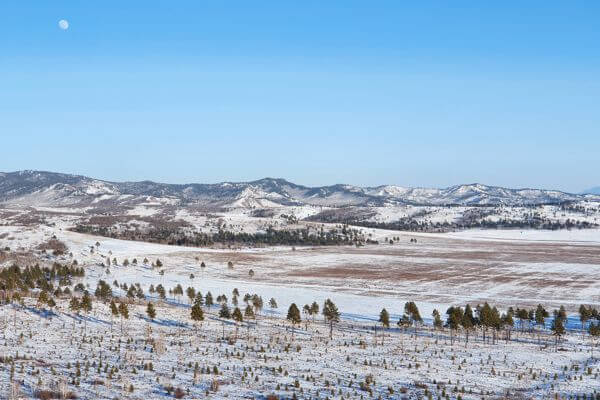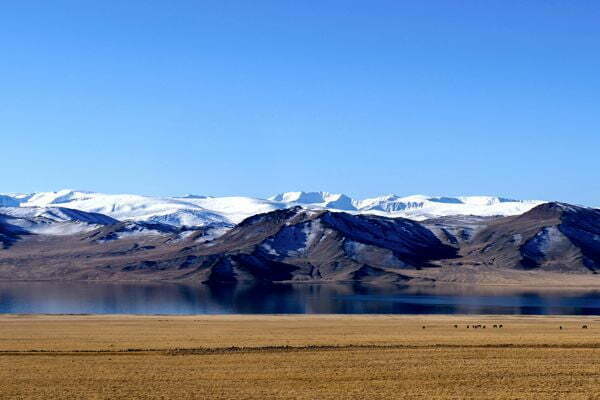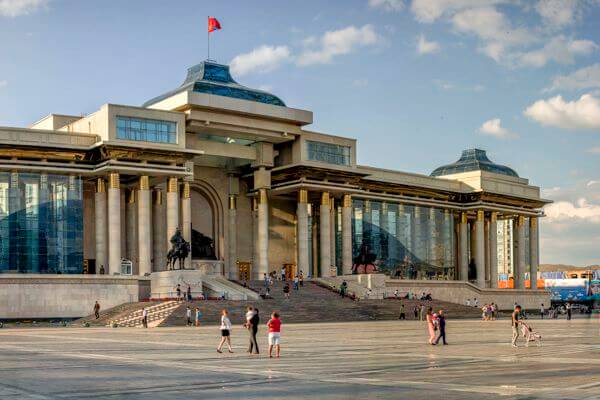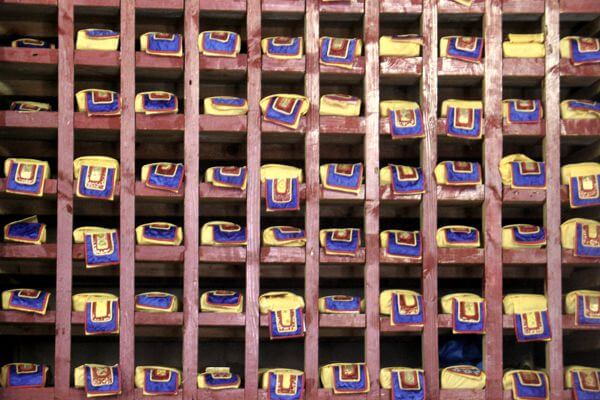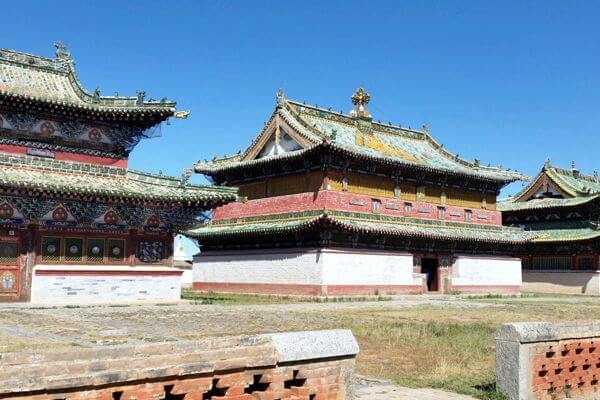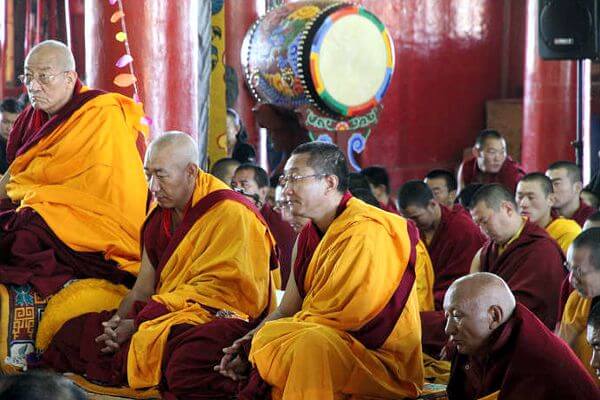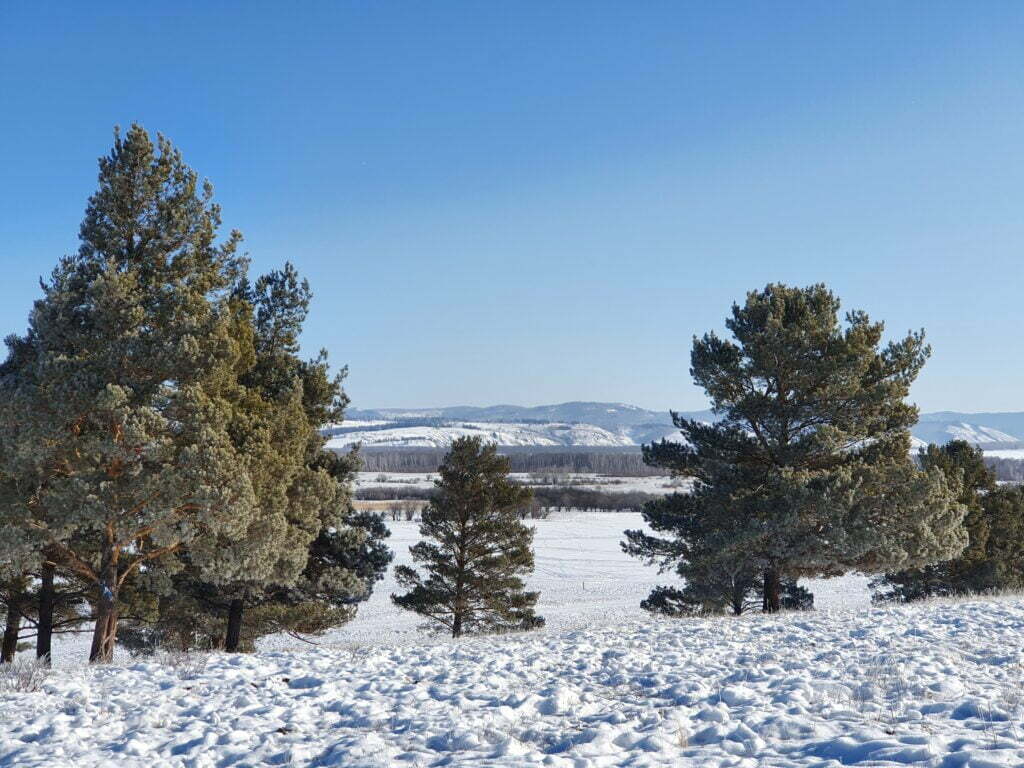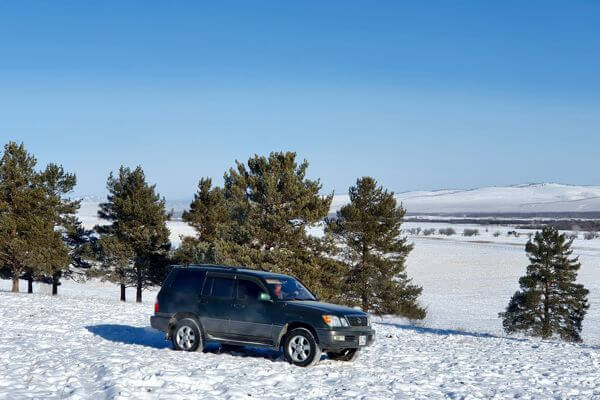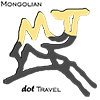Winter in Mongolia is a remarkable experience for those who are willing to take themselves out of their comfort zone. Pack your thermals and come to Mongolia in winter and do something out of the ordinary. Enjoy being a part of the few people who come and experience Mongolia during this special local festival time.
Tsagaan Sar is one of the most important holidays celebrated within immediate and extended family members. Tsagaan Sar is marking the first day of spring according to the Lunar Calendar, celebrating the end of hard winter. The dates are different every year somewhere from late January to beginning March. The celebration continues for several days as Mongolian families tend to be large, allowing them to visit each other’s home in turn.
However, the most important days are Bituun-Black Moon (the day before Tsagaan sar) and the first day of Tsagaan Sar. On the Bituun day people thoroughly clean their home, herders tend to livestock, clean barns and shades to meet Tsagaan Sar clean and fresh. The Bituun ceremony also includes lightning candles to symbolize enlightenment of the samsara and putting three pieces of ice at the doorway so that the horse of the Paldan Lama would drink as the deity is believed to visit every household this day after dark. In the evening usually immediate families gather together to eat buuz, khuushuur, other traditional meals, dairy products and play traditional games and tell stories. On this day people settle all issues, repay all debts from last year.
On the day of Tsagaan Sar the ceremony starts by greeting the eldest. It is called Zolgoh, a greeting in which one grasps them by their elbows to show support and respect for them. Younger people greet elders holding long blue silk cloth called Khadag. After the greeting ceremony, families share meals, steamed rice with raisins, dairy products, buuz, salad etc. It is also time to drink Airag-fermented mare milk kept aside from last summer and exchange gifts.
People are dressed in their full Mongolian dress “Deel”, traditionally embroidered and decorated boots, belt, head. It is spectacular, colorful and beautiful to see from eldest to babies dressed traditionally.
Preparing Tsagaan Sar meals and eating is an inseparable part of the festival. An impressive pyramid of traditional cookies with layers erected on a large dish together with other dairy products, candies, nuts is the central part of the feast table. On another large dish grilled or boiled middle and rear sheep part attached with tail. People like to eat it with pickled cucumber and different types of cold salads such as potato, cabbage, carrot salad. Traditional Tsagaan Sar food includes many different dairy products, rice with curds, steamed sweetened rice with raisins. Buuz is a steamed dumpling filled with minced beef, mutton, and sometimes horse meat in hand-pinched flour dough.
Tsagaan Sar is a lavish big feast requiring days of preparation in advance. Families gather together men, women, children all and make large quantities, a few thousands of buuz along with Ul Boov, a pastry for both to eat and present on the festival table. Key drinks are Suutei zai” – milk tea, Airag – fermented mare milk, distilled vodka from cow milk and other strong alcohols are served as well.
People love preparing Tsagaan Sar feast. It is a perfect occasion to see one’s family over long hours of making buuz, exchange family news and gossip. Tsagaan Sar brings a comforting holiday spirit, feels like a burst of warmth across a frozen and glittering country.
Travelers on this tour will be given the opportunity to purchase traditional clothes and boots. The temperature in February can be below freezing and travelers will need to bring heavy winter jackets, gloves and hats to keep warm, dressing in layers is highly recommended.
